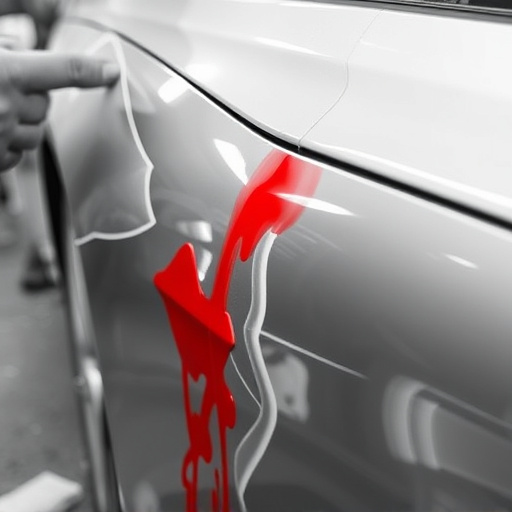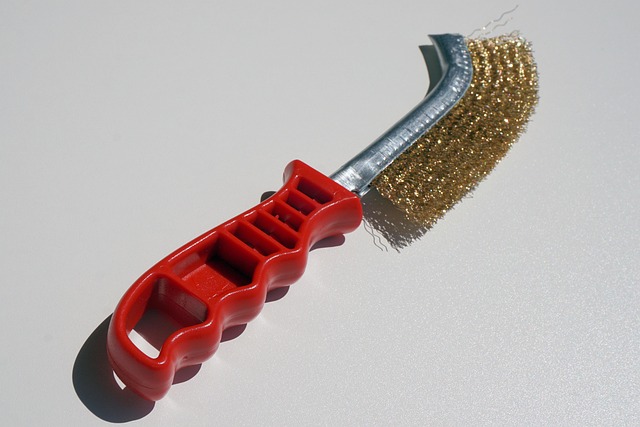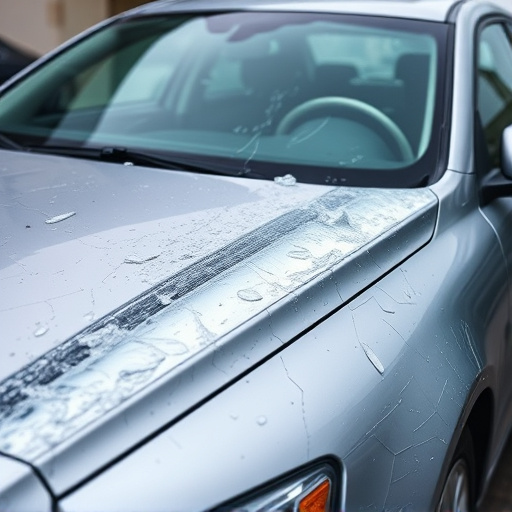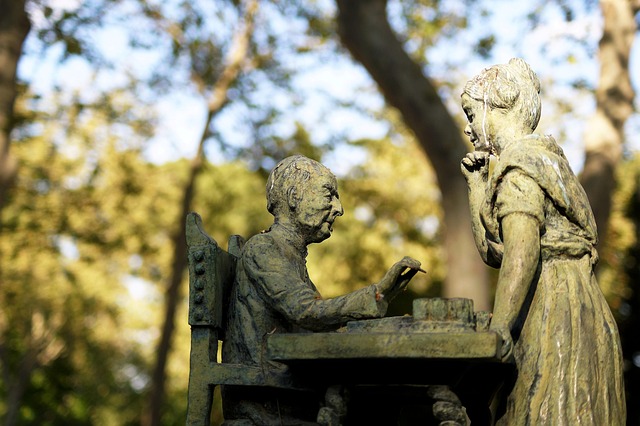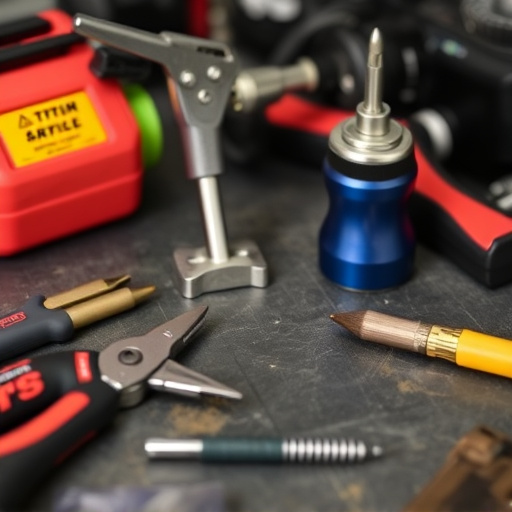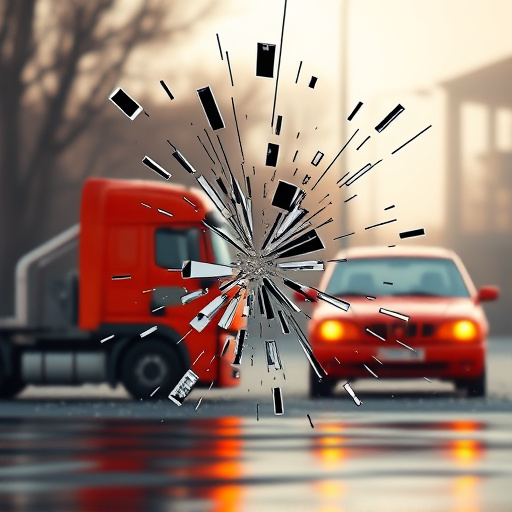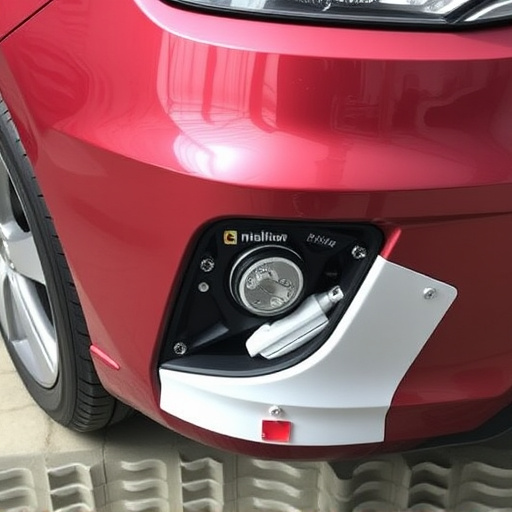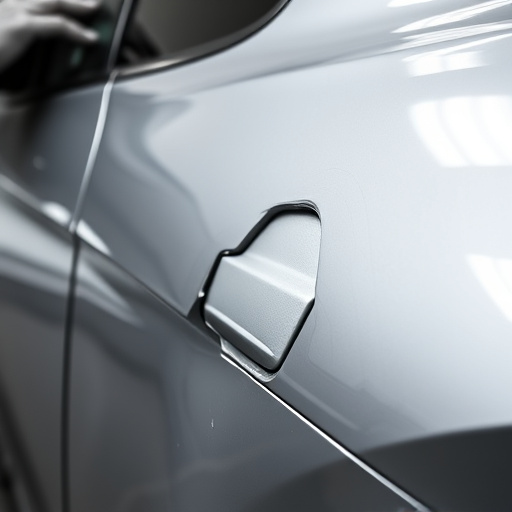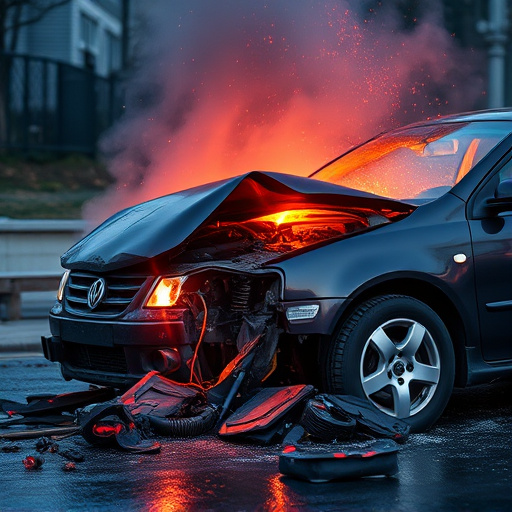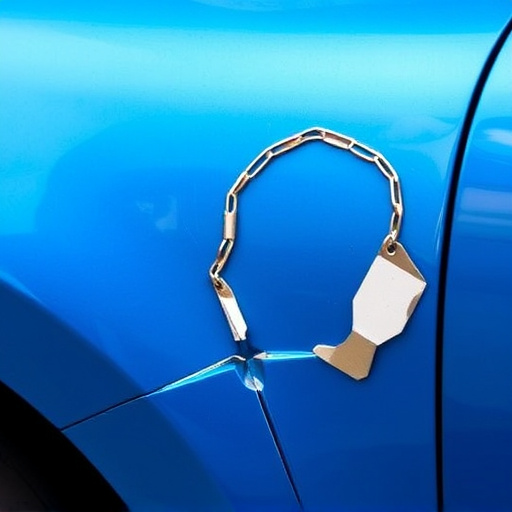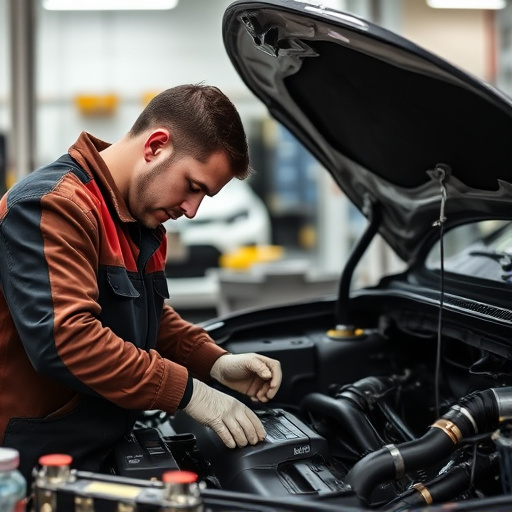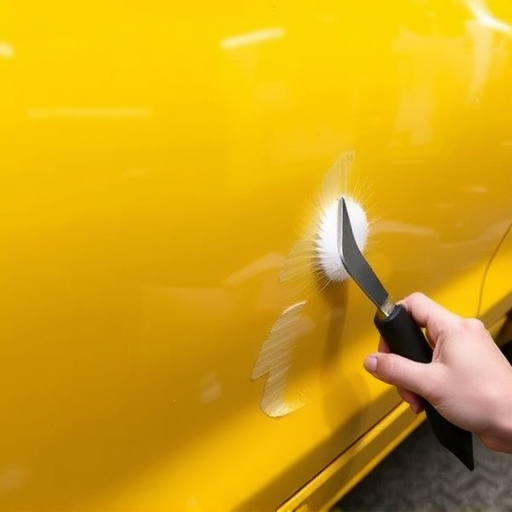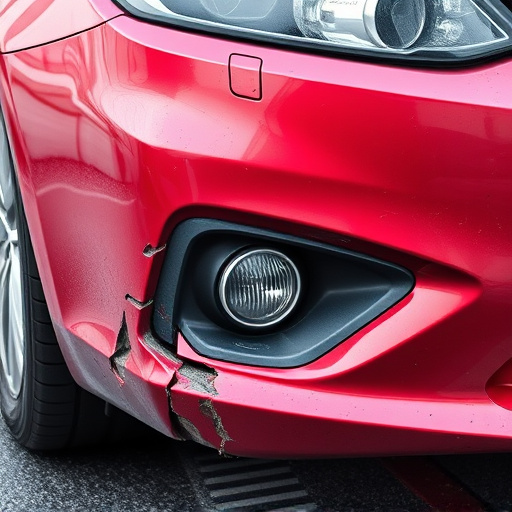Tesla repeater camera replacement requires skilled technicians to maintain clean signal transmission for optimal safety and performance. Specialized tools and techniques minimize signal loss during installation, ensuring high-definition footage and enhanced driver awareness. Regular maintenance checks prevent obstructions or damage that could disrupt the signal, maintaining the camera's effectiveness in diverse driving conditions.
Tesla’s repeater cameras are integral to its advanced driver-assistance systems (ADAS). This article delves into the process of replacing a Tesla repeater camera, focusing on a critical aspect: ensuring clean signal transmission. Understanding how these cameras function and the challenges involved in replacement is essential for optimal ADAS performance. We explore best practices to safeguard against signal interference, ensuring your Tesla’s safety features operate at peak efficiency after a repeater camera replacement.
- Understanding Tesla Repeater Camera Functionality
- Challenges in Replacing the Camera
- Ensuring Clean Signal Transmission for Optimal Performance
Understanding Tesla Repeater Camera Functionality
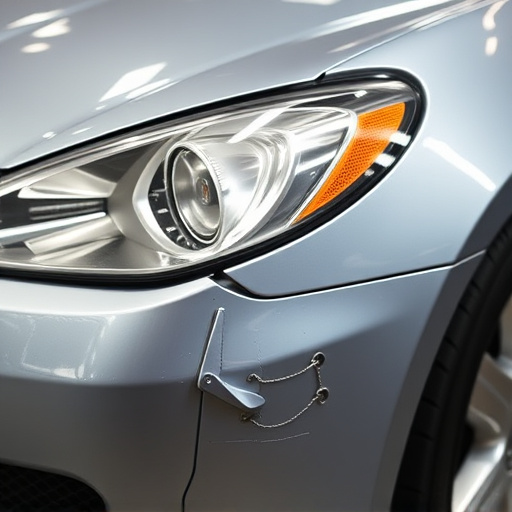
Tesla’s repeater cameras play a pivotal role in enhancing safety features for drivers and passengers alike. These cameras are strategically placed to repeat signals from other vehicles, ensuring clear visibility around corners or through obstacles. When considering a Tesla repeater camera replacement, understanding its functionality is crucial. The process involves advanced technology that captures images and transmits them to the vehicle’s display system, allowing drivers to monitor their surroundings with precision.
A seamless replacement ensures these cameras continue to operate at optimal levels, maintaining the integrity of the vehicle’s safety systems. In cases where damage or malfunction occurs, whether due to an automotive collision repair or normal wear and tear, replacing the repeater camera requires a meticulous approach. This process demands attention to detail in order to preserve the vehicle’s bodywork and maintain the overall aesthetic appeal while ensuring clear signal transmission for enhanced driver assistance.
Challenges in Replacing the Camera
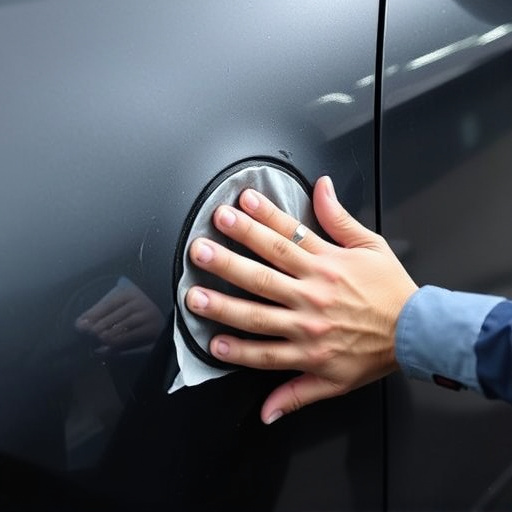
Replacing a Tesla repeater camera can be a challenging task due to the intricate nature of modern automotive technology. Unlike traditional car models, electric vehicles like Teslas have complex systems that demand precise alignment and calibration during any repair or replacement process. The repeater camera, specifically, relies on a clean signal transmission to ensure optimal visibility for drivers, making its replacement a delicate procedure.
Moreover, the integration of this component into the vehicle’s overall sensor suite requires skilled automotive body work and a deep understanding of Tesla’s proprietary systems. It’s not merely about swapping out a faulty camera; it involves ensuring seamless communication between the camera, the vehicle’s central processing unit, and other sensors to maintain the safety features that define modern electric vehicles. This level of expertise is crucial for successful Tesla repeater camera replacement, especially when aiming for long-lasting performance and reliability.
Ensuring Clean Signal Transmission for Optimal Performance
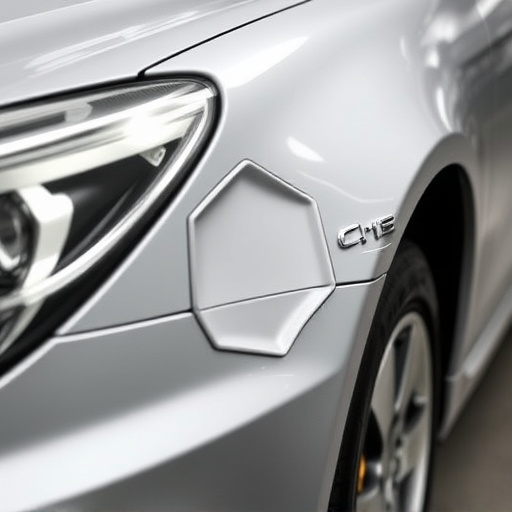
When it comes to Tesla repeater camera replacement, ensuring clean signal transmission is paramount for optimal performance. A clear and uninterrupted signal is essential for the camera to capture high-definition footage, enhancing safety features like blind spot monitoring and lane departure warnings. Any interference or signal degradation can lead to reduced image quality, potentially compromising the driver’s awareness of their surroundings.
Proper installation and maintenance of the repeater system in a luxury vehicle repair or collision center are crucial. Skilled technicians use specialized tools and techniques to minimize signal loss during the replacement process, ensuring seamless integration with the car’s existing sensor suite. Regular checks for any obstructions or damage that could disrupt signal transmission, such as cracked lenses or debris accumulation, are also vital to maintaining the camera’s effectiveness in both urban and rural driving conditions.
When undertaking a Tesla repeater camera replacement, ensuring clean signal transmission is paramount for optimal performance. By addressing challenges related to camera replacement and maintaining clear signal pathways, Tesla owners can enhance their vehicle’s safety features and driving experience. A successful replacement requires meticulous attention to detail, utilizing high-quality components, and verifying signal integrity to ensure the new camera functions seamlessly with the vehicle’s advanced driver-assistance systems (ADAS).
